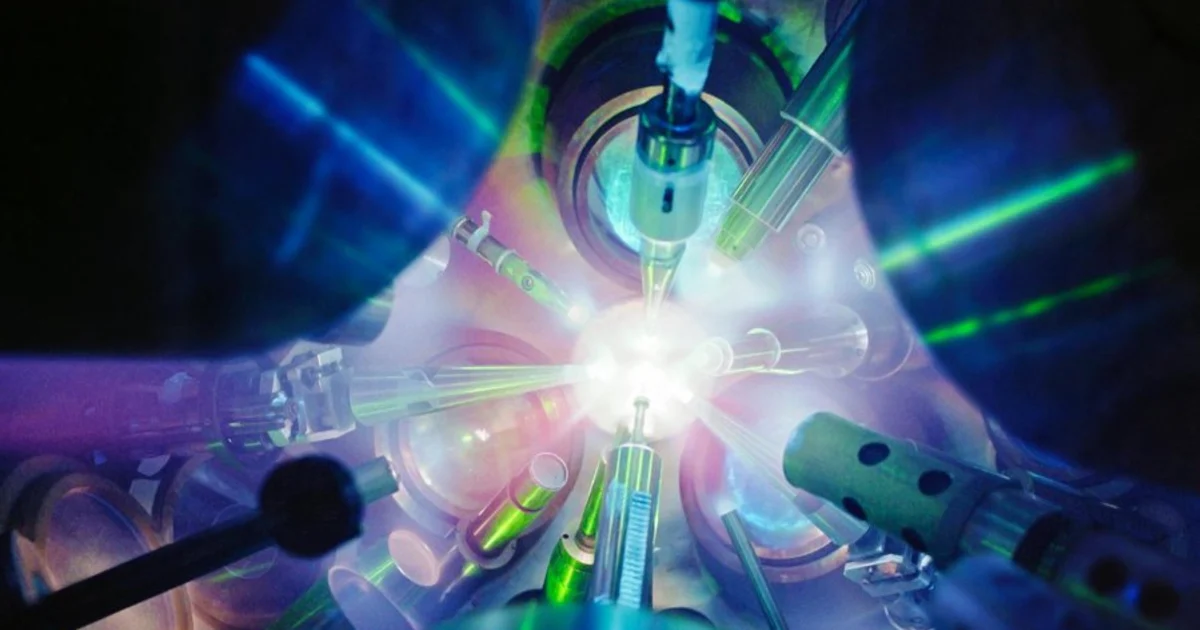In the 1980s, secret nuclear fusion experiments conducted deep beneath Nevada showed promise, sparking the curiosity of physicists Conner Galloway and Alexander Valys. They realized fusion, the same process that powers the sun, had been ignited in a lab setting. This discovery led to the creation of the National Ignition Facility (NIF) in California, where, in late 2022, researchers achieved a breakthrough: the first fusion reaction that produced more energy than the lasers input.
However, NIF’s laser was barely powerful enough to achieve this result. Galloway and Valys, now co-founders of Xcimer in Denver, believe that more powerful lasers could unlock the potential for fusion power to fuel the electricity grid. They are developing lasers capable of up to 20 megajoules of energy—ten times more powerful than NIF’s laser—and plan to experiment with larger, simpler fuel capsules.
Xcimer joins a growing global effort to build a working fusion reactor. They plan to use molten salt to absorb heat from the fusion reaction and protect the reactor from damage caused by high-energy particles. The goal is to build a reactor that could be connected to the power grid by the mid-2030s.
However, skepticism remains. Some experts, like Prof. Ian Lowe, argue that fusion technology might not be commercially viable soon enough to address climate change, as decarbonization is needed much sooner than the projected timeline for fusion reactors.
Nonetheless, fusion startups like Xcimer remain optimistic, driven by the promise of cheap, carbon-free energy that could dramatically change the future.


















